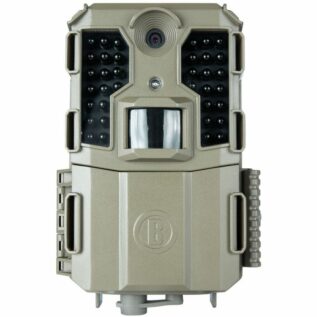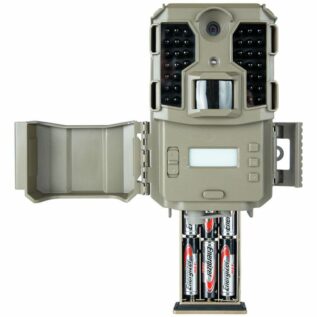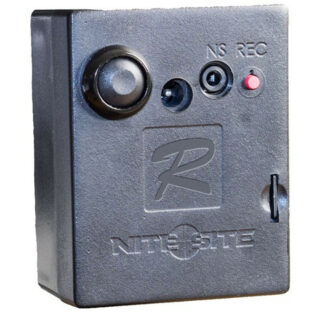Showing 31–34 of 34 results
-


R2,989
The Bushnell Prime L20 isn’t about getting by or cutting corners, it’s about loading every bit of Bushnell’s proven performance, image quality, and reliability into a trail camera every hunter can count on in the field at a price that’s easy on the budget.
-

R3,919
The NiteSite R Camera Module allows current and new users of the Viper, Wolf and Eagle to record footage seen using our night vision units. Lets you upgrade to RTEK.
-

R1,149
The Bushnell Trophy Cam Security Case for 119598 Wireless Cam protects your trophy camera when you accidently drop it and any other damage.
How to Choose a Trail Camera for Hunting in South Africa
As a hunter in South Africa, choosing the right trail camera is an important decision that can make or break your hunting experience. With so many different options available, it can be overwhelming to decide which one is right for you. In this article, we'll provide a comprehensive guide on how to choose the best trail camera for hunting in South Africa.
Understanding Trail Camera Features and Specifications
Before choosing a trail camera, it's important to understand the various features and specifications that are available. Here are some key features to consider:
Image Quality
The image quality of a trail camera is one of the most important factors to consider. Higher image quality will provide clearer, more detailed images that can help identify the animal you're tracking. Look for cameras with high megapixel counts and those that can shoot in high resolution.
Trigger Speed
Trigger speed refers to how quickly the camera takes a photo after detecting motion. The faster the trigger speed, the more likely you are to capture an image of the animal you're tracking. Look for cameras with trigger speeds of less than 1 second.
Detection Zone
The detection zone is the area in front of the camera where it will detect motion and take a photo. Make sure the detection zone is large enough to capture the animals you're tracking.
Battery Life
Battery life is an important consideration, especially if you plan to leave the camera in the field for an extended period of time. Look for cameras with long battery life or those that can be powered with external batteries.
Storage Capacity
Make sure the camera has enough storage capacity to store all of the photos you plan to take. Consider the size of the memory card that is compatible with the camera.
Choosing the Right Type of Trail Camera
Once you've considered the key features, it's time to choose the right type of trail camera for your needs. Here are some popular types of trail cameras and their features:
Cellular Trail Cameras
Cellular trail cameras are equipped with a cellular modem that can send photos directly to your phone or email. This is a great option if you want to receive real-time updates on the animals in your area. However, cellular cameras are more expensive than other types of trail cameras.
Infrared Trail Cameras
Infrared trail cameras use infrared technology to capture images at night without using a flash. This can be beneficial because animals are less likely to be spooked by the camera. However, infrared cameras may produce lower-quality images than other types of cameras.
Flash Trail Cameras
Flash trail cameras use a bright flash to capture images at night. This can provide high-quality images, but animals may be spooked by the bright flash. Look for cameras with adjustable flash settings so you can control the brightness of the flash.
No-Glow Trail Cameras
No-glow trail cameras use a black flash that is invisible to the human eye and animals. This can be a good option if you want to capture images at night without spooking the animals. However, no-glow cameras may produce lower-quality images than other types of cameras.
Frequently Asked Questions
What is the best trail camera for hunting in South Africa?
The best trail camera for hunting in South Africa depends on your specific needs and preferences. Consider the key features and types of cameras mentioned in this article and choose one that meets your requirements.
What should I look for when choosing a trail camera?
When choosing a trail camera, look for features such as image quality, trigger speed, detection zone, battery life, and storage capacity. Consider the different types of trail cameras available and choose one that suits your needs.
How do I set up a trail camera for hunting in South Africa?
To set up a trail camera for hunting in South Africa, first choose a suitable location where animals are likely to pass by. Make sure the camera is securely attached to a tree or other object and positioned at the appropriate height and angle. Follow the manufacturer's instructions for setting up and programming the camera.
Can trail cameras be used for purposes other than hunting?
Yes, trail cameras can be used for a variety of purposes such as wildlife observation, home security, and monitoring livestock. However, make sure to follow all applicable laws and regulations when using trail cameras.






